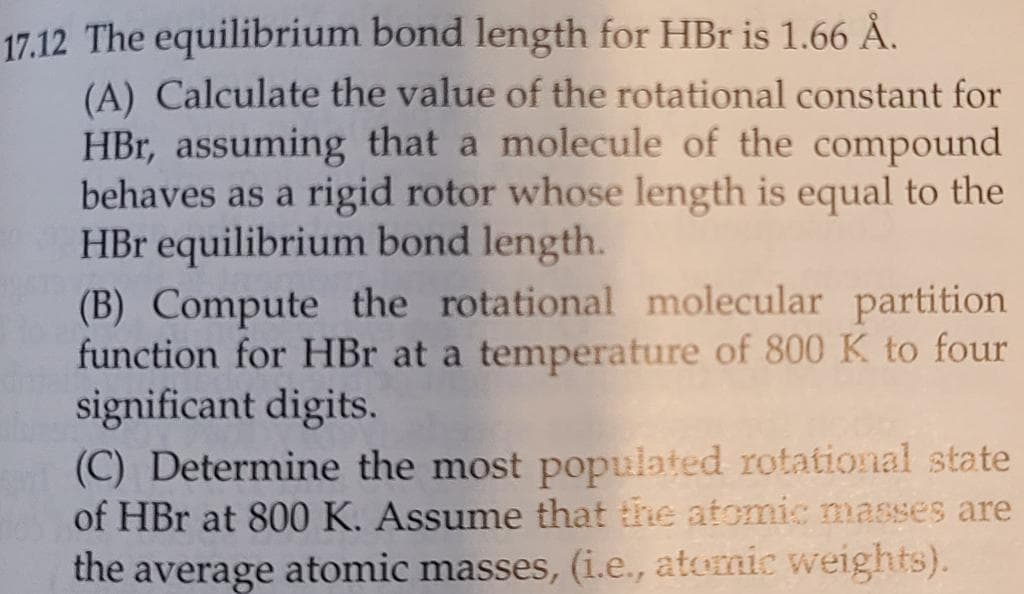The equilibrium bond length for HBr is 1.66 Å. (A) Calculate the value of the rotational constant for HBr, assuming that a molecule of the compound behaves as a rigid rotor whose length is equal to the HBr equilibrium bond length. (B) Compute the rotational molecular partition function for HBr at a temperature of 800 K to four significant digits. (C) Determine the most populated rotational state of HBr at 800 K. Assume that the atomic masses are the average atomic masses, (i.e., atomic weights).
Electronic Transitions and Spectroscopy
The term “electronic” connotes electron, and the term “transition” implies transformation. In a molecule, the electrons move from a lower to a higher energy state due to excitation. The two energy states, the ground state and the excited state are the lowest and the highest energy states, respectively. An energy change is observed with this transition, which depicts the various data related to the molecule.
Photoelectron Spectroscopy
Photoelectron spectroscopy (PES) is a part of experimental chemistry. It is a technique used in laboratories that involves projecting intense beams of radiation on a sample element. In response, the element ejects electrons for which the relative energies are measured.

Trending now
This is a popular solution!
Step by step
Solved in 2 steps


